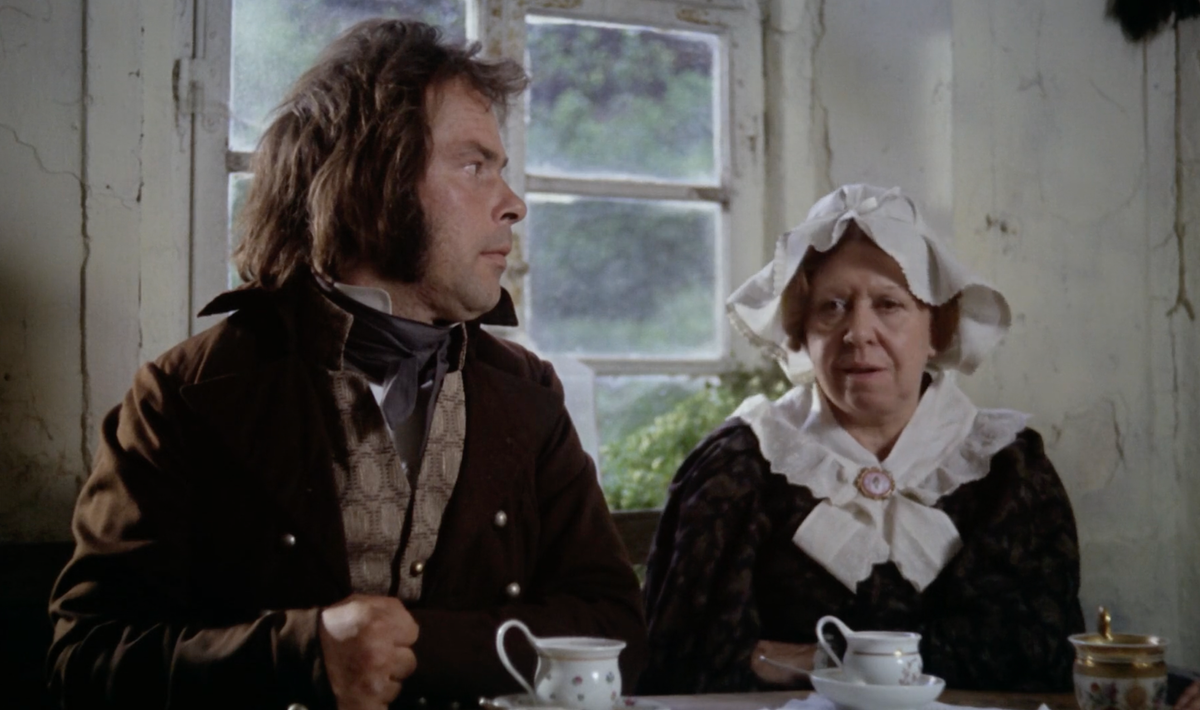The Enigma of Kaspar Hauser from 1975: From Historical Mystery to Cinematic Marvel

Kaspar Hauser's life story is a labyrinth of unanswered questions and theories. Emerging from obscurity in 1828 Nuremberg, his tale of lifelong captivity and sudden societal appearance captivated the public imagination. Was he a lost prince or a tragic victim of cruel circumstances? His death, as mysterious as his life, left a legacy of intrigue that continues to fascinate.
Werner Herzog: A Maverick in Film
In 1974, Werner Herzog, then in his early thirties, was already a significant figure in New German Cinema. Before "The Enigma of Kaspar HauserShrouded in ambiguity, this character ," his works like "Aguirre, the Wrath of God" had established him as a filmmaker unafraid to explore the depths of the human psyche. His films are known for their stark realism interwoven with poetic surrealism, a style perfectly suited to unraveling the enigma of Kaspar Hauser.
The Making of "The Enigma of Kaspar Hauser"
Herzog's discovery of Bruno S., a non-professional actor, is a testament to his unconventional approach. Bruno, a street musician, possessed a raw, unpolished authenticity that Herzog found ideal for the role of Kaspar. This casting choice added a layer of gritty realism to the film.
The production was a global endeavor, with shooting locations stretching from the quaint streets of Dinkelsbühl, Germany, to the expansive deserts of the Sahara. This geographical diversity added to the film’s surreal and dreamlike quality.
Analyzing the Film's Craftsmanship
Herzog’s direction is meticulous, blending historical narrative with philosophical undertones. The film's narrative structure, interspersed with symbolic imagery and metaphysical questions, invites viewers to explore the existential dilemmas facing Kaspar.
Significant Scenes and Characters
Aside from the striking scene of Kaspar learning to walk, another significant moment is his encounter with the mysterious man in black. Shrouded in ambiguity, this character adds a layer of intrigue and perhaps symbolizes the societal forces that shape our identity.
The Impact of "The Enigma of Kaspar Hauser" on Viewers
The film's impact lies in its ability to connect deeply with its audience. It's not just the story of Kaspar Hauser, but a mirror reflecting our own struggles with identity and belonging. The film encourages viewers to contemplate the fine line between freedom and confinement, both physical and psychological.
Conclusion: A Cinematic Journey Worth Exploring
"The Enigma of Kaspar Hauser" is more than a historical drama; it's a philosophical exploration of human nature. Its blend of historical fact, myth, and Herzog's visionary filmmaking makes it a compelling watch for anyone intrigued by the complexities of the human condition.




